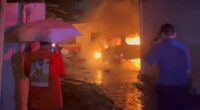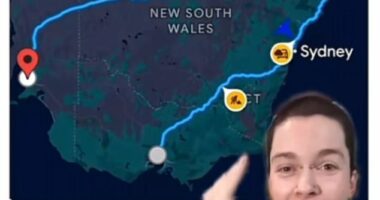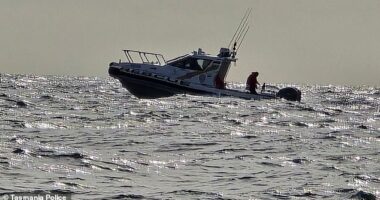Two wildfires burning in the western United States — including one that has become a “megafire” on the North Rim of the Grand Canyon — are so hot that they are spurring the formation of “fire clouds” that can create their own erratic weather systems.
In Arizona, the wind-whipped wildfire that destroyed the Grand Canyon Lodge is 9 per cent contained and has charred more than 424 square kilometres to become the largest fire now burning in the continental US and one of the top 10 largest in recorded Arizona history. Getting around it would be roughly like driving from New York City to Washington, DC.
Another large fire in Monroe, Utah, has burned 194 square kilometres since July 13 and is 11 per cent contained, officials said on Thursday. Evacuation orders were issued on Wednesday for several towns in the fire’s path, and scorched power poles caused electricity to be shut off in other nearby communities in south-central Utah.
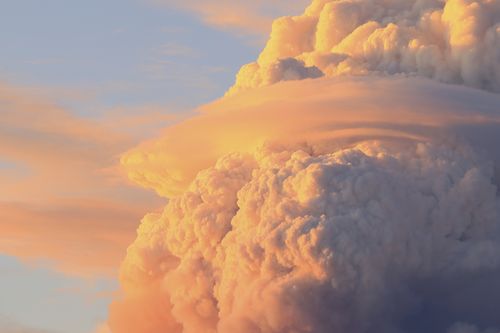
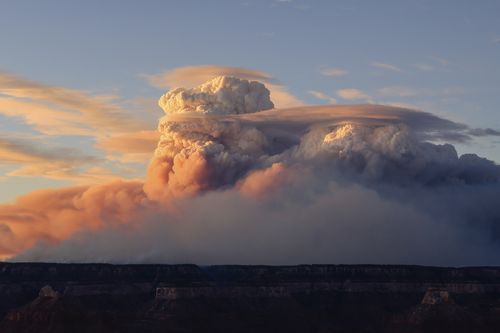
Utah Governor Spencer Cox declared an emergency on Thursday as wildfires grew around the state and planned to visit Monroe on Friday.
‘Fire clouds’ present challenges for firefighters
Towering convection clouds known as pyrocumulus clouds have been spotted over Arizona’s blaze for seven consecutive days, fuelling the fire with dry, powerful winds, fire information officer Lisa Jennings said. They form when air over the fire becomes superheated and rises in a large smoke column. The giant billowing clouds can be seen for hundreds of miles and can resemble an anvil.
Their more treacherous big brother, a fire-fuelled thunderstorm known as the pyrocumulonimbus cloud, sent rapid winds shooting in all directions this week as a smoke column formed from the Utah fire then collapsed on itself, fire team information officer Jess Clark said.
“If they get high enough, they can also create downdrafts, and that’s something we really watch out for because that can quickly spread the fire and can be very dangerous for firefighters who are doing their work on the ground,” Jennings said.
Multiple fire crews in Utah were forced to retreat on Wednesday as the unpredictable climate created by the clouds threatened their safety, officials said. Fire crews in both Utah and Arizona had better control of the blazes, but containment has been slipping as the fires grow rapidly.
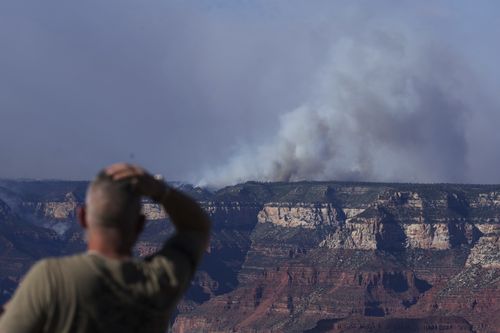
The same type of cloud, which the National Aeronautics and Space Administration has dubbed the “fire-breathing dragon of clouds”, recently formed a fire tornado that tore through an eastern Utah neighbourhood with wind speeds estimated at 196km/h.
“Think of the fire as kind of like a hot-air balloon, so it adds buoyancy and things rise as a result,” said Derek Mallia, an atmospheric scientist at the University of Utah who studies pyrocumulonimbus clouds and tracks fires in Utah and Arizona. “You get this towering thunderstorm over the fire, and just like any other thunderstorm it gets really windy underneath it. Because it’s the West, these thunderstorms tend to be very dry.”
These clouds, he said, may appear more frequently as climate change causes a longer fire season, drought conditions and extreme weather events.
Dry conditions fuel Grand Canyon ‘megafire’
A megafire — although not a formal scientific term — generally is a fire that has burned at least 404 square kilometres — or about half the size of New York City.
The Dragon Bravo Fire on the North Rim of Grand Canyon National Park surpassed that mark in the latest update Thursday. It was sparked by lightning on July 4 and being managed by the park to benefit the landscape.
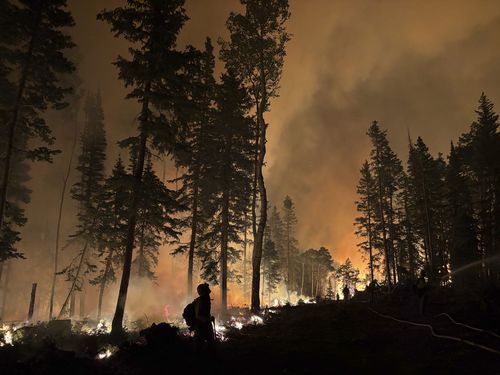
About a week later, officials switched to suppressing it as conditions deteriorated, with hot, dry and windy weather pushing the flames toward the Grand Canyon Lodge and the historic cabins that surround it. The fire destroyed dozens of buildings and forced the closure of the North Rim for the rest of the season as hundreds of firefighters struggled to gain an upper hand.
Thursday marked the eighth straight day of historically dry conditions, Jennings said. Humidity levels have been in the single digits, fuel moisture levels are extremely low and wind gusts were expected to crank up to 54km/h.
The pyrocumulus clouds have reached heights of at least 25,000 feet (7.6 kilometres), and fire behavior analyst Arthur Gonzales said they could go higher.
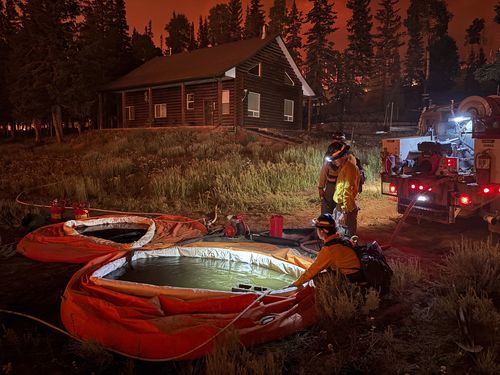
The direction of the wind has been fairly consistent for crews working the Dragon Bravo Fire. Although they have been strong, the predictability has allowed fire managers to more easily position crews on the fire lines. But when pyrocumulus clouds form and the winds become less predictable, Jennings said firefighters often have to be pulled back to safety.
Fire prompts power outages in Utah
Hot, dry winds fanned the flames of the Monroe Canyon Fire on Thursday as firefighters worked to contain the spread. The fire has burned 12 power poles, and many homes have been without electricity since Wednesday afternoon.
The National Weather Service issued red flag warnings for extreme fire danger in much of central and southwest Utah this week.
In Antimony, Utah, 87 kilometres south of Monroe, the town’s 123 residents were without power Thursday afternoon. Mayor Kasey King, who was helping people gather food and supplies at a community center, said they could be without power for a week.
The power company, Garkane Energy Cooperative, said it is working to restore power as quickly as possible and has brought in backup generators.
Marnie Reynolds, a resident of Antimony, worried for the town’s many elderly residents. She has been using a camp stove to offer hot meals to neighbours and is using a generator to help people refrigerate groceries and medications.
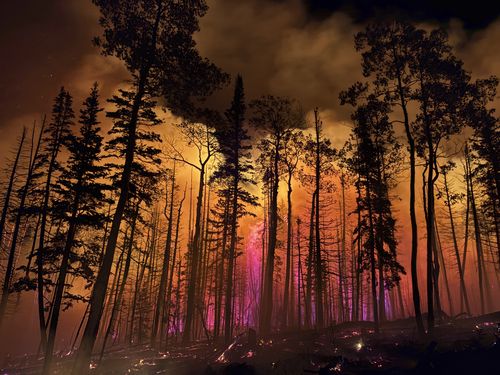
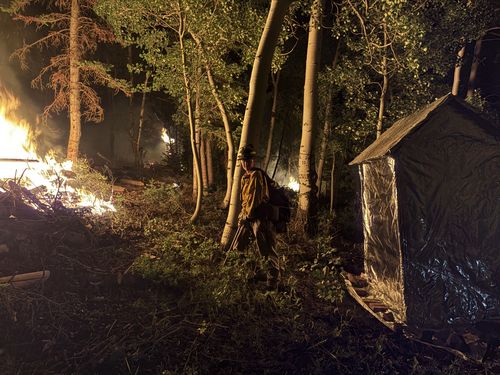
“We have been facing a lot of challenges, but we have the best community,” she said.
In Richfield, Utah, 16 kilometres north of Monroe, Lee Stevens said his yard was coated in ash. He and his wife, who has asthma and is sensitive to the smoke, have not yet been told to evacuate but are making preparations in case the fire spreads.
The National Interagency Fire Centre said on Thursday that even with fewer square miles having burned so far this year than average, many parts of the country remain vulnerable to new starts and fast-moving flames.
